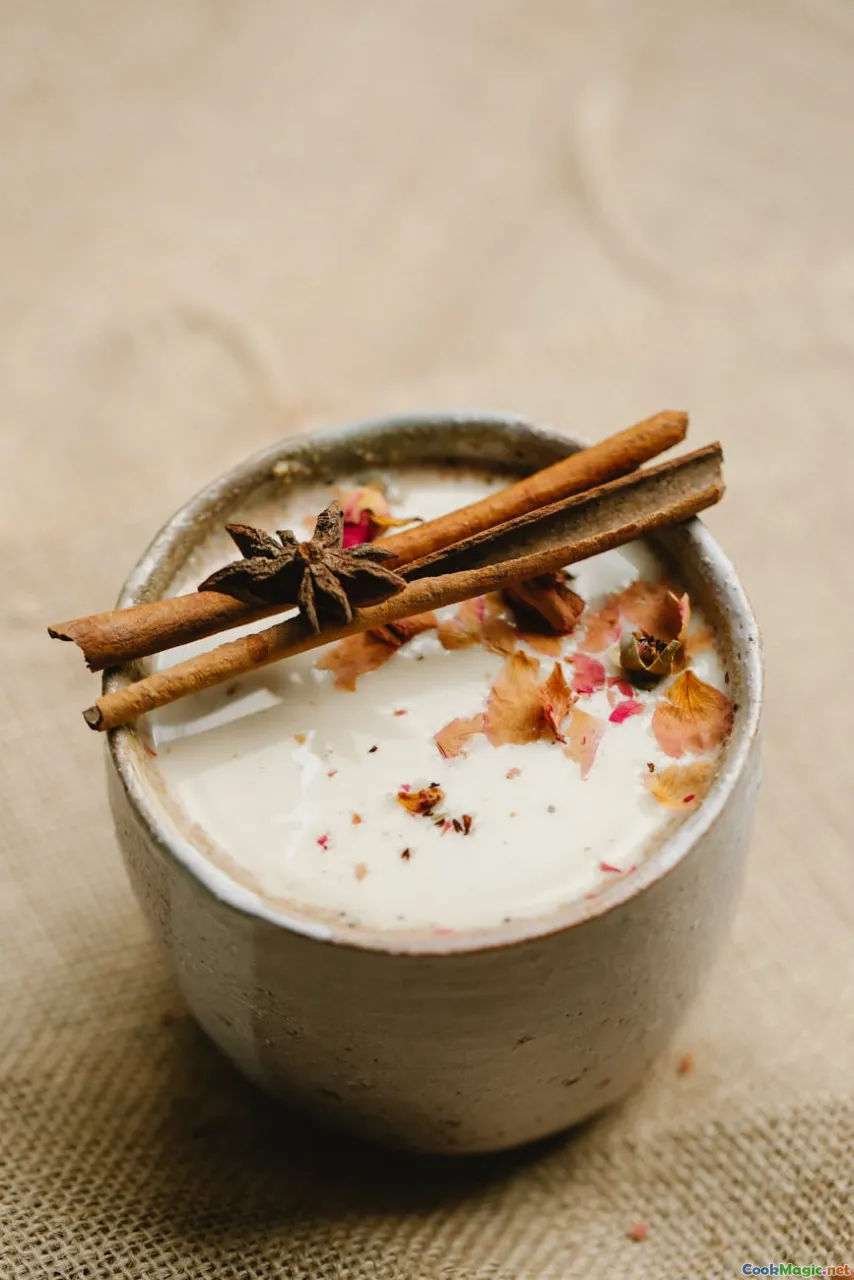Aromatic Blends Making Pakistani Chai Stand Out
8 min read Discover the rich aromatic blends that elevate Pakistani chai, blending tradition, history, and sensory delight in every sip. April 30, 2025 20:55
Aromatic Blends Making Pakistani Chai Stand Out
Imagine a cool morning in Lahore, the streets slowly awakening with the aroma of freshly brewed chai. The air is thick with the scent of spices—cardamom, cinnamon, cloves—each whispering stories of centuries-old traditions. Pakistani chai is more than just a beverage; it’s an embodiment of cultural identity, social bonding, and sensory pleasure. But what truly makes Pakistani chai stand out in the vast world of teas? The answer lies in its masterful use of aromatic spice blends that transform simple tea leaves into a symphony of flavors.
The Cultural Roots of Pakistani Chai
Pakistani chai has deep roots embedded in centuries of history, influenced by Mughal grandeur, Persian sophistication, and local ingenuity. Historically, the Mughal emperors popularized spiced beverages, and their influence persists today in the cherished recipes of Pakistani households. The traditional chai reflects a confluence of these cultural streams—an edible mirror of Pakistan’s rich heritage.
In every corner of Pakistan—from bustling Karachi streets to serene mountain villages—chai is more than a drink; it’s a daily ritual, a social glue, and a comfort in times of celebration or hardship. It is served in small glasses or cups, often accompanied by biscuits, sweets, or savory snacks, reinforcing community bonds.
The Art of Aromatic Blending
What elevates Pakistani chai beyond mere black tea is the artful incorporation of aromatic spices and herbs. These blends are carefully curated, balancing boldness and subtlety, creating an inviting aroma that instantly awakens the senses.
Key Aromatic Ingredients
- Cardamom: The crown jewel of Pakistani chai, cardamom adds a sweet, floral, and slightly citrusy aroma that lingers long after the cup is empty.
- Cinnamon: Its warm, woody notes evoke comfort and depth, often used in whole sticks or ground form.
- Cloves: Intense and pungent, cloves impart a spicy warmth that enhances the richness of the tea.
- Ginger: Fresh or dried, ginger infuses a zesty heat, balancing the sweetness of sugar and the robustness of tea.
- Black Pepper: Adds a subtle piquancy, awakening the palate.
- Nutmeg & Mace: Occasionally used for a fragrant, slightly sweet tone.
The Process of Blending
The preparation begins with boiling water and fresh or dried spices—sometimes whole, sometimes ground—to release their essential oils. Once the spices are simmering, black tea leaves are added, allowing the flavors to meld. Milk and sugar are then incorporated, with the heat adjusted to perfect the infusion.
The result is a thick, aromatic brew with a complex flavor profile—sweet, spicy, floral, and warming—all at once.
Regional Variations and Personal Touches
Every region and household in Pakistan has its unique twist on chai, often passed down through generations.
Lahore’s Rich and Robust
Lahore, the cultural capital, favors a bold, heavily spiced chai—sometimes with a hint of saffron or a dash of rose water—creating a luxurious, fragrant experience.
Karachi’s Sweet and Creamy
In Karachi, chai tends to be sweeter and creamier, with added condensed milk or a splash of evaporated milk, complemented by a generous sprinkle of ground cardamom.
Northern Mountain Flavors
In the northern regions like Gilgit-Baltistan, chai incorporates local herbs and spices, sometimes infused with mountain herbs that add a unique earthy aroma.
Personal and Family Recipes
Many families have their secret spice mixes—sometimes adding a pinch of star anise or a hint of fennel. These personal touches make each cup a reflection of its maker’s heritage and taste.
Sensory Experience: The Aroma and Taste
The true magic of Pakistani chai lies in its sensory richness. The initial aroma, a fragrant burst of cardamom and cinnamon, invites you to take a sip. The first taste reveals a perfect balance—sweetness from sugar, heat from ginger, and a complex spice medley that warms the soul.
The texture is creamy, especially when prepared with full-fat milk, coating the palate and lingering long after the last drop.
Making Pakistani Chai at Home
Creating authentic Pakistani chai at home is both an art and a science. Here’s a simple yet authentic recipe:
Ingredients:
- 2 cups water
- 1 cup milk
- 2 teaspoons black tea leaves
- 4-5 green cardamom pods, lightly crushed
- 1 small cinnamon stick
- 2-3 cloves
- 1 teaspoon grated fresh ginger
- Sugar to taste
Method:
- Bring water to a boil in a saucepan.
- Add spices and simmer for 2-3 minutes to release their aroma.
- Stir in tea leaves and simmer for another minute.
- Add milk and sugar, bring to a boil again.
- Reduce heat and let simmer for 2-3 minutes.
- Strain into cups and serve hot.
Enjoy the aromatic burst with every sip—truly a celebration of Pakistani culinary craftsmanship.
Final Reflections
Pakistani chai is much more than a beverage; it is a sensory journey rooted in history and culture. The aromatic blends used in its preparation turn an everyday drink into an extraordinary experience—an aromatic dance that awakens memories, sparks conversations, and nurtures community.
Whether you savor it in a bustling Lahore teahouse or brew it in your kitchen, appreciating the intricate layers of spice and aroma elevates your chai experience to new heights. It’s a testament to the artistry of Pakistani culinary tradition—where every cup tells a story, and every sip is a celebration.
So next time you brew a cup of chai, remember: it’s not just about the tea, but the aromatic symphony that makes Pakistani chai truly stand out in the world of tea.









